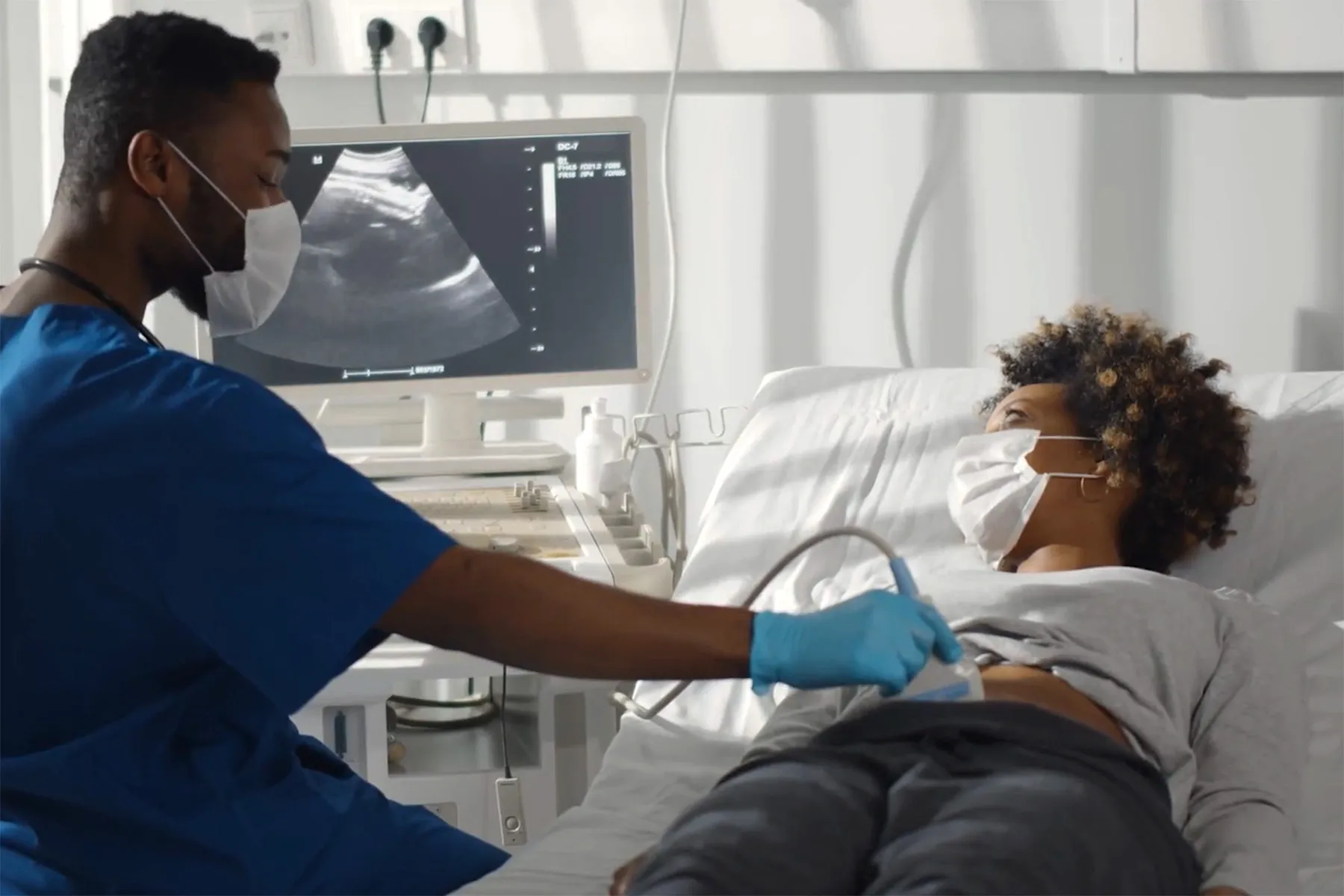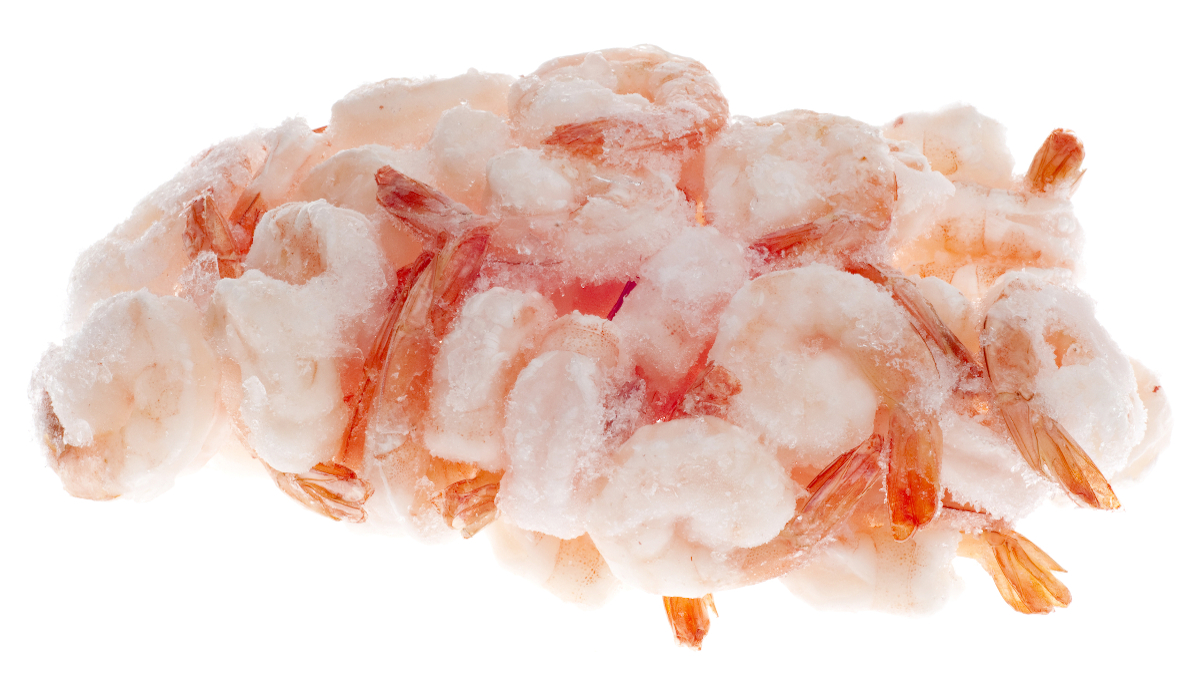Burns are tissue damage from hot liquids, the sun, flames, chemicals, electricity, steam and other causes. Kitchen-related injuries from hot drinks, soups and microwaved foods are common among children.
Major burns need emergency medical help. Minor burns can usually be treated with first aid.
When to seek emergency care
Call 911 or seek immediate care for major burns, which:
- Are deep, involving all layers of the skin
- Cause the skin to be dry and leathery
- May appear charred or have patches of white, brown or black
- Are larger than 3 inches (about 8 centimeters) in diameter
- Cover the hands, feet, face, groin, buttocks or a major joint, or encircles an arm or leg
- Are accompanied by smoke inhalation
- Begin swelling very quickly
Electrical burns, including those caused by lightning, and major chemical burns need emergency medical care. A minor burn might need emergency care if it affects the eyes, mouth, hands or genital areas. Babies and older adults might need emergency care for minor burns as well.
Treating major burns
Until emergency help arrives:
- Protect the burned person from further harm. If you can do so safely, make sure the person you’re helping is not in contact with the source of the burn. For electrical burns, make sure the power source is off before you approach the burned person. Don’t try to remove clothing stuck in the burn.
- Make certain that the person burned is breathing. If needed, begin rescue breathing if you know how.
- Remove jewelry, belts and other tight items, especially from the burned area and the neck. Burned areas swell quickly.
- Cover the burn. Loosely cover the area with gauze or a clean cloth.
- Raise the burned area. Lift the wound above heart level if possible.
- Watch for signs of shock. Signs and symptoms include cool, clammy skin, weak pulse and shallow breathing.
Treating minor burns
For minor burns:
- Cool the burn. Hold the area under cool (not cold) running water for about 10 minutes. If the burn is on the face, apply a cool, wet cloth until the pain eases. For a mouth burn from hot food or drink, put a piece of ice in the mouth for a few minutes.
- Remove rings or other tight items from the burned area. Try to do this quickly and gently, before the area swells.
- Don’t break blisters. Blisters help protect against infection. If a blister does break, gently clean the area with water and apply an antibiotic ointment.
- Apply lotion. After the burn is cooled, apply a lotion, such as one with aloe vera or cocoa butter. This helps prevent drying and provides relief.
- Bandage the burn. Cover the burn with a clean bandage. Wrap it loosely to avoid putting pressure on burned skin. Bandaging keeps air off the area, reduces pain and protects blistered skin.
- If needed, take a nonprescription pain reliever, such as ibuprofen (Advil, Motrin IB, others), naproxen sodium (Aleve) or acetaminophen (Tylenol, others).
Get the latest health information from Mayo Clinic’s experts.
Sign up for free, and stay up to date on research advancements, health tips and current health topics, like COVID-19, plus expertise on managing health.
To provide you with the most relevant and helpful information, and understand which
information is beneficial, we may combine your email and website usage information with
other information we have about you. If you are a Mayo Clinic patient, this could
include protected health information. If we combine this information with your protected
health information, we will treat all of that information as protected health
information and will only use or disclose that information as set forth in our notice of
privacy practices. You may opt-out of email communications at any time by clicking on
the unsubscribe link in the e-mail.
Feb. 16, 2022
- Burns. Merck Manual Professional Version. https://www.merckmanuals.com/professional/injuries-poisoning/burns/burns#. Accessed Dec. 14, 2021.
- Burns. American College of Emergency Physicians. https://www.emergencyphysicians.org/article/know-when-to-go/burns. Accessed Dec. 14, 2021.
- Mass casualties: Burns. Centers for Disease Control and Prevention. https://www.cdc.gov/masstrauma/factsheets/public/burns.pdf. Accessed Dec. 14, 2021.
- Thompson DA. Burns. In: Adult Telephone Protocols: Office Version. 4th ed. American Academy of Pediatrics; 2018.
- Kermott CA, et al., eds. Emergencies and urgent care. In: Mayo Clinic Guide to Self-Care. 7th ed. Rochester, Minn.: Mayo Foundation for Medical Education and Research; 2017.
- Purdue GF, et al. Acute assessment and management of burn injuries. Physical Medicine and Rehabilitation Clinics of North America. 2011; doi: 10.1016/j.pmr.2011.01.004.
.
Note: This article have been indexed to our site. We do not claim legitimacy, ownership or copyright of any of the content above. To see the article at original source Click Here













